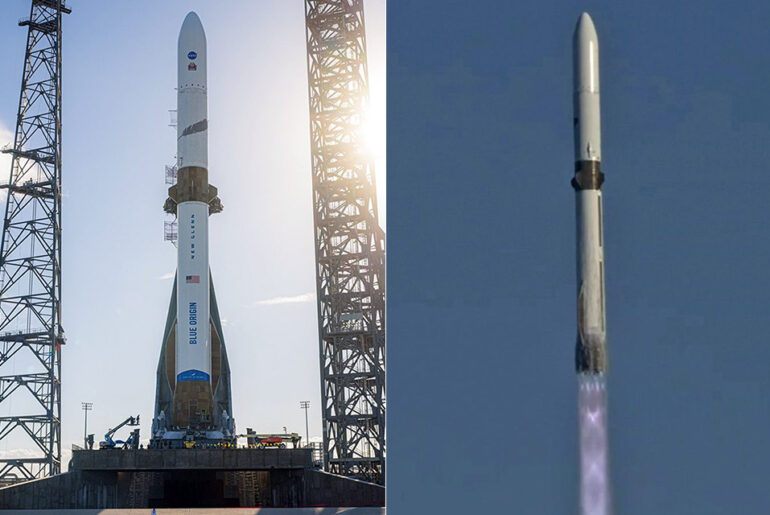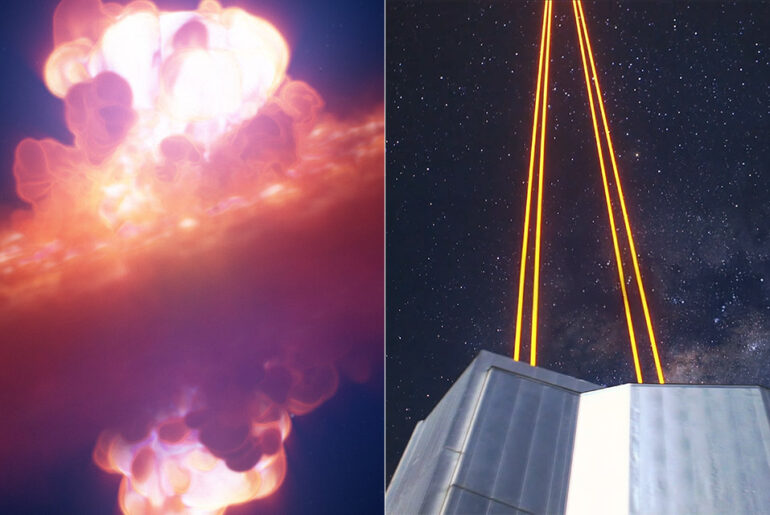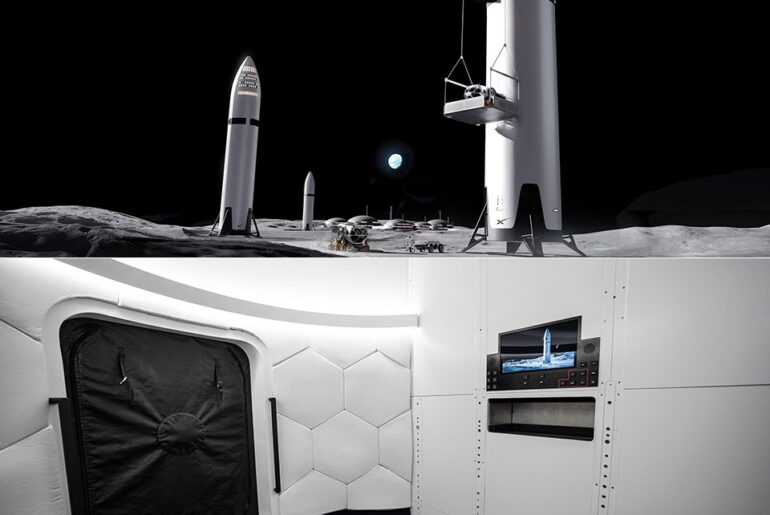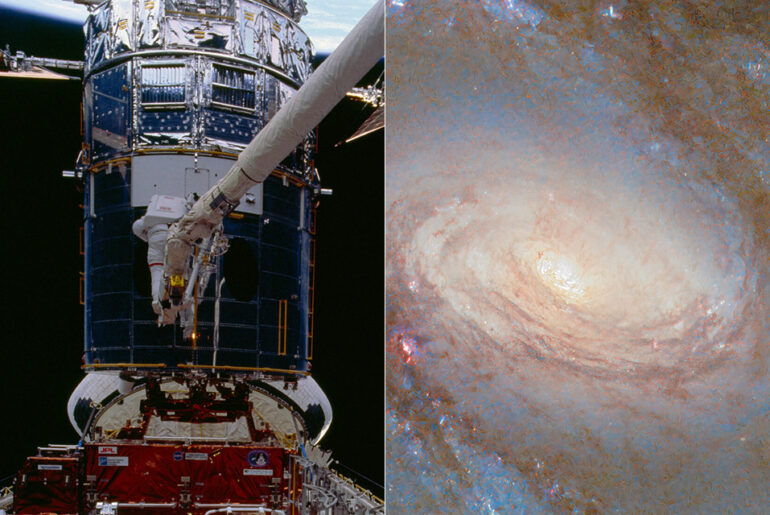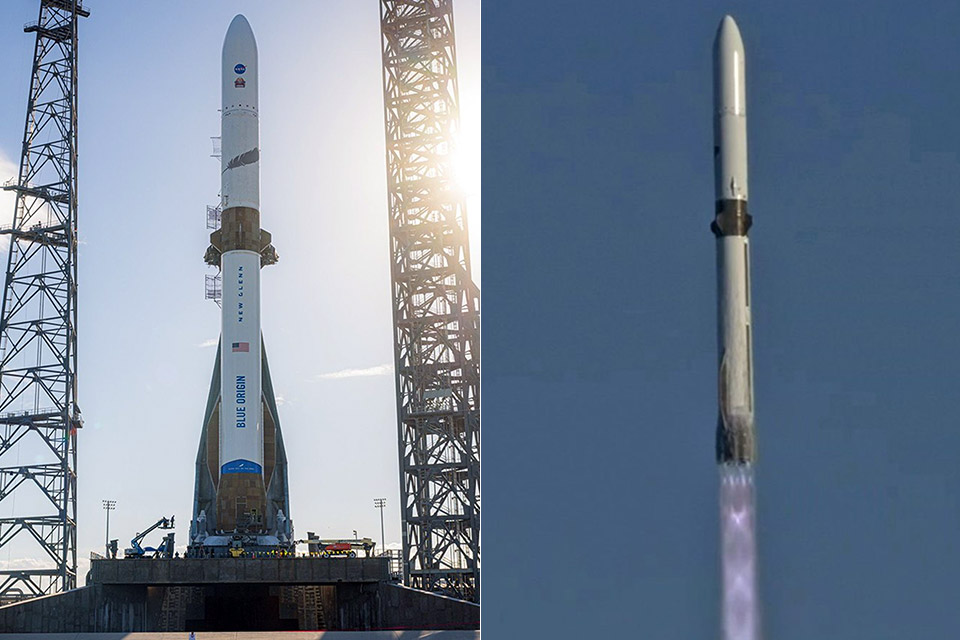
On Thursday afternoon in Florida, a roar echoed over the Atlantic as Blue Origin’s New Glenn rocket lifted off from Launch Complex 36. Liftoff was at 3:55 p.m. Eastern, right in the middle of an 88-minute window that had been clear of previous issues. The vehicle, painted white and blue, rose steadily on clouds of fire from its seven BE-4 engines, carrying two small, but mighty, spacecraft from NASA.

Yi Yang, an assistant professor at Tsinghua University, had barely touched down in San Francisco from a long flight when his phone started blowing up with alerts. A massive star – all 22 million light years away in the galaxy NGC 3621 – was going out in a blaze of glory at the end. What we now know as SN 2024ggi started lighting up on April the 10th, 2024. Within a few hours, Yang was on the phone to the European Southern Observatory, begging them to get a look at it. And by the next day, the ESO’s Very Large Telescope in Chile is swinging round to get a glimpse of the distant supernova explosion.

NGC 1511, a spiral galaxy located 50 million light-years away in the serene constellation Hydrus, will not remain calm. New Hubble Space Telescope photos reveal a disc practically edge-on, burning blue with millions of newborn stars. The birthplace of new suns is marked by red and pink hydrogen clouds. Dark ribbons of dust cross the face, obstructing light and heightening the already tense situation.
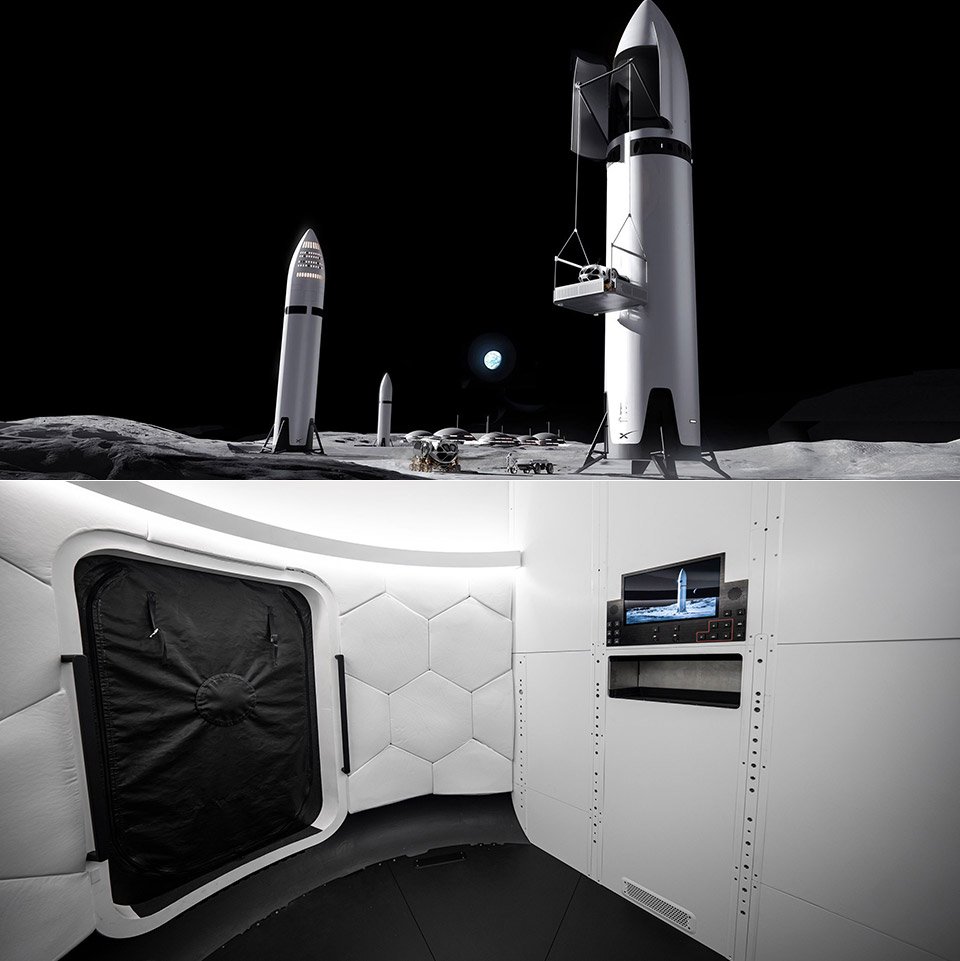
SpaceX just flung the doors open on the Starship HLS lunar lander and the view that greeted us is just stunning. Four astronauts are sitting in a circle of chairs, with their backs to the curved wall, which is as wide as a city bus. The sunlight streaming in is making the metal ribs underfoot look like polished silver. Above them, a massive 30-foot-high dome looms large – big enough to park a house in. With NASA breathing down their neck and demanding the schedule get cut down by months, SpaceX made the decision to rip out the seats, shelves and half the cargo racks.

Six astronauts float inside a metal tube traveling 17,500 miles per hour around the planet, and the loudest sound heard is the click of a folding grill cage closing. On October 31, the Shenzhou-21 capsule delivered more than just three new crew members; it also delivered a 30-pound hot air oven, which is currently fastened to the wall of the Tiangong space station’s core module. Four days later, the station smelled like Sunday barbecue.
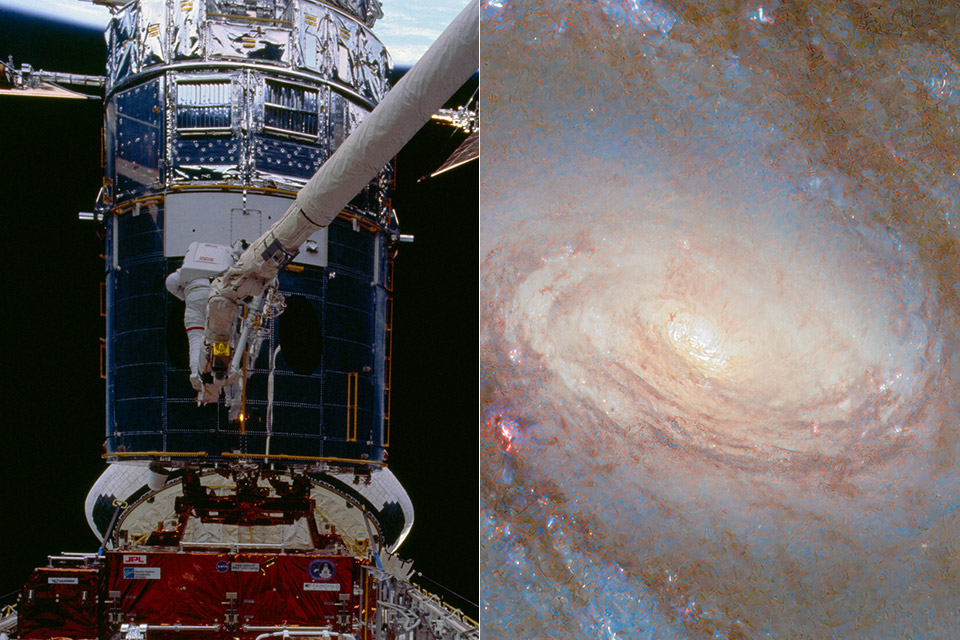
High up in the sky above the Earth, NASA / ESA’s Hubble Space Telescope has been turned on NGC 4102 – a galaxy that isn’t one for loud and flashy displays. Perched 56 million light-years away in the constellation Ursa Major (Great Bear), this is a spiral galaxy that looks like its been caught mid-spin, with the music still playing, but paused.
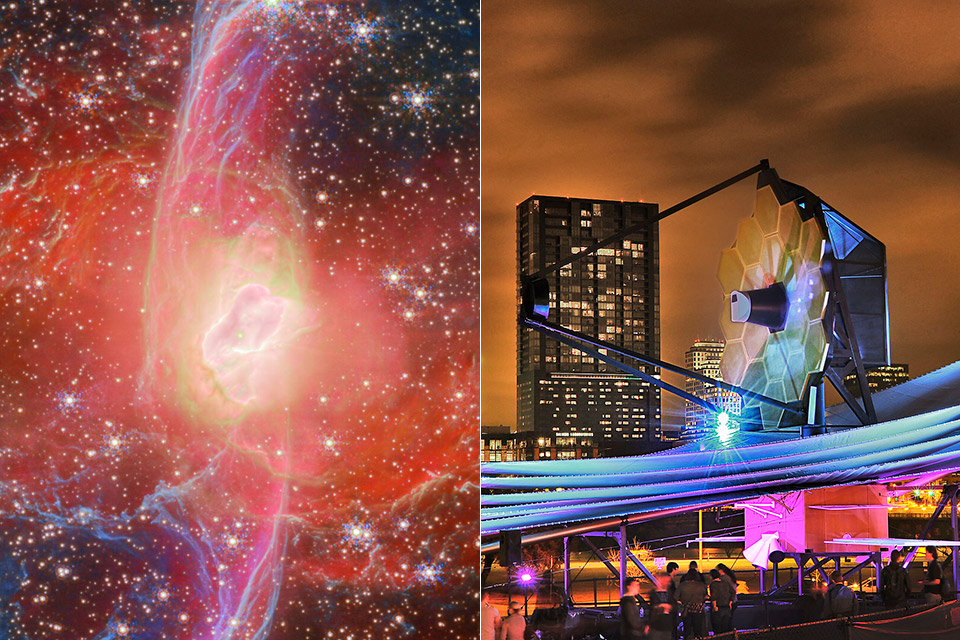
NASA’s James Webb Space Telescope has pulled off a spooky gift for Halloween . A star is on its last legs in the constellation Sagittarius – thousands of light years away. Stars like our Sun follow a rather predictable path. They burn hydrogen for billions of years before eventually running out of steam. As the outer layers expand, the center begins to contract.
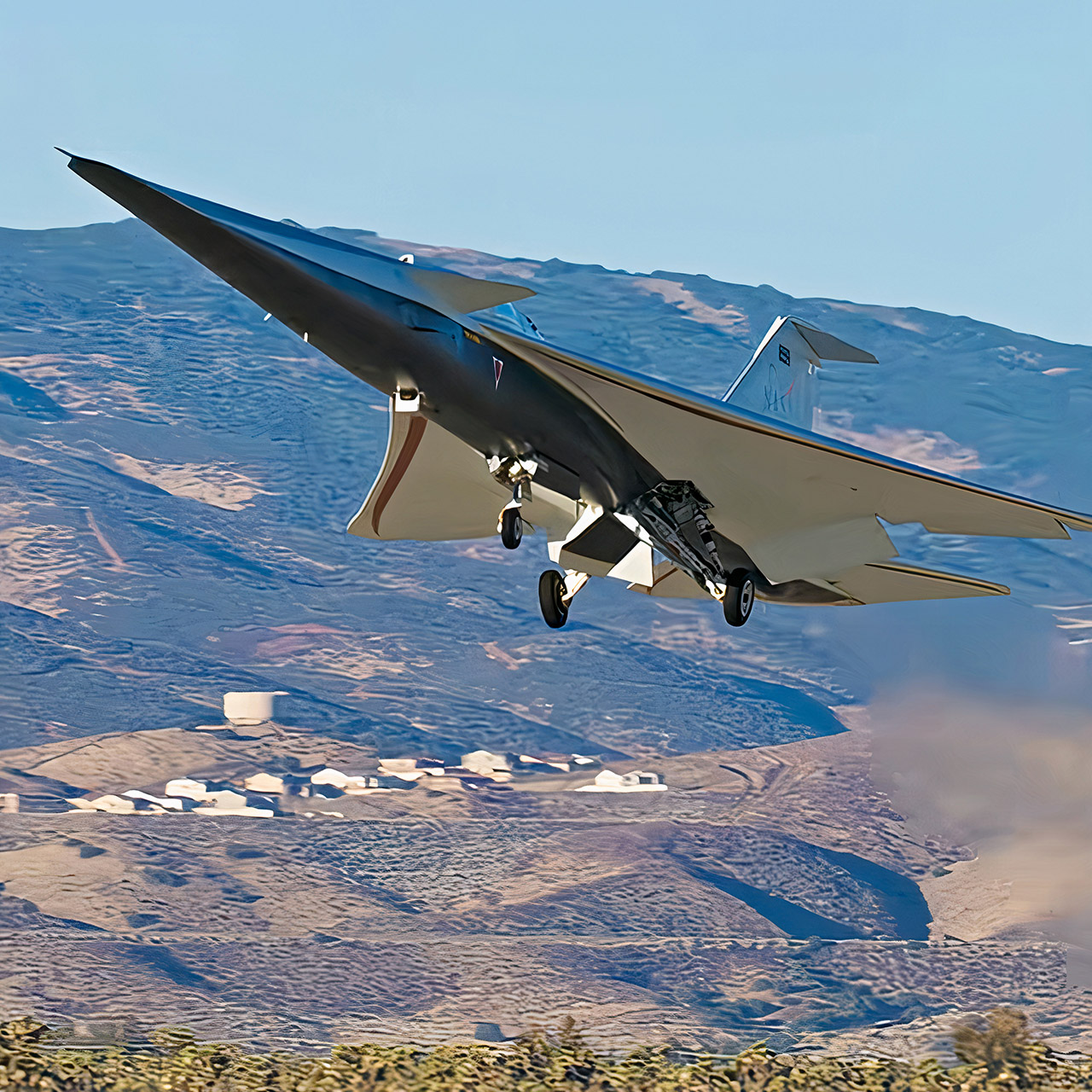
Lockheed Martin’s X-59 took off from Palmdale, California on October 28th, 2025 and landed an hour later near Edwards Air Force Base. The pilots took the pointy-nosed jet (which looked like something out of a sci-fi movie) for a spin, reaching 254 knots and 12,400 feet, to see how it handled and how all the systems worked.
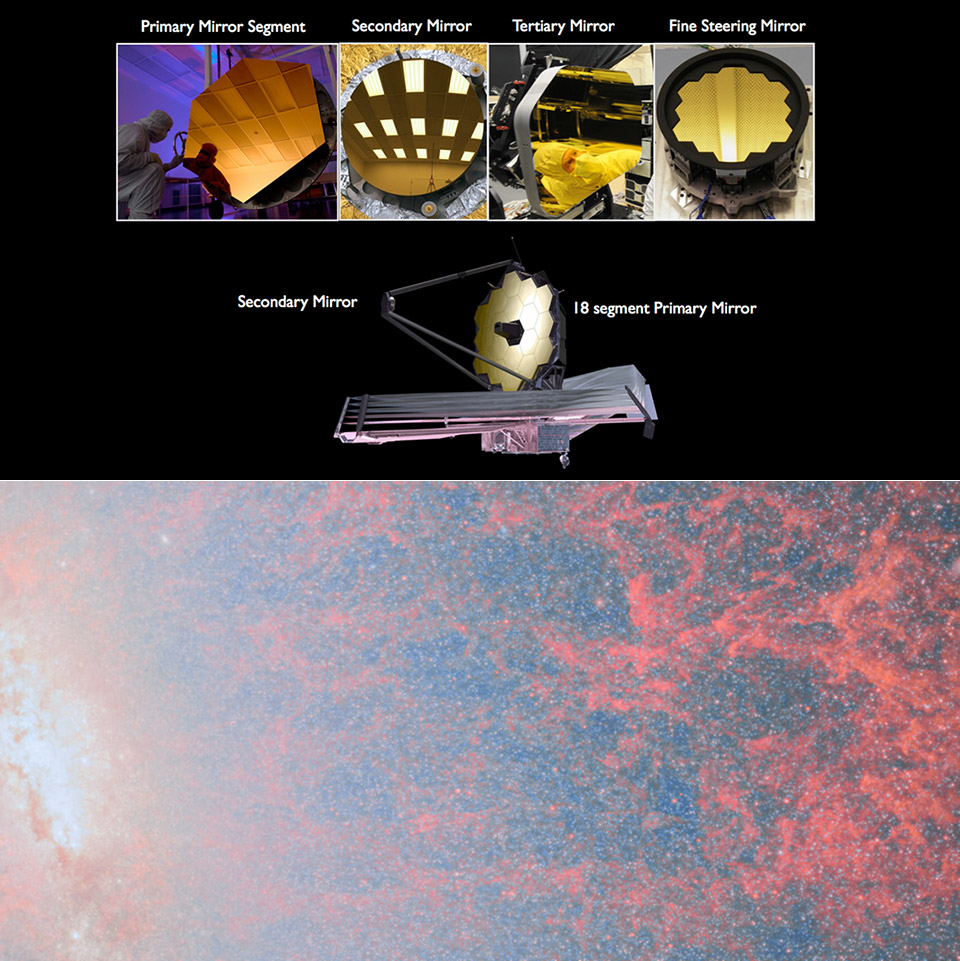
M82, located 12 million light-years away in Ursa Major, has long been an oddball. Smaller than the Milky Way, it is five times brighter and produces stars ten times quicker than its size would predict. NASA’s James Webb Space Telescope photographed this starburst galaxy in a way that feels like opening the curtain on a cosmic fireworks display.
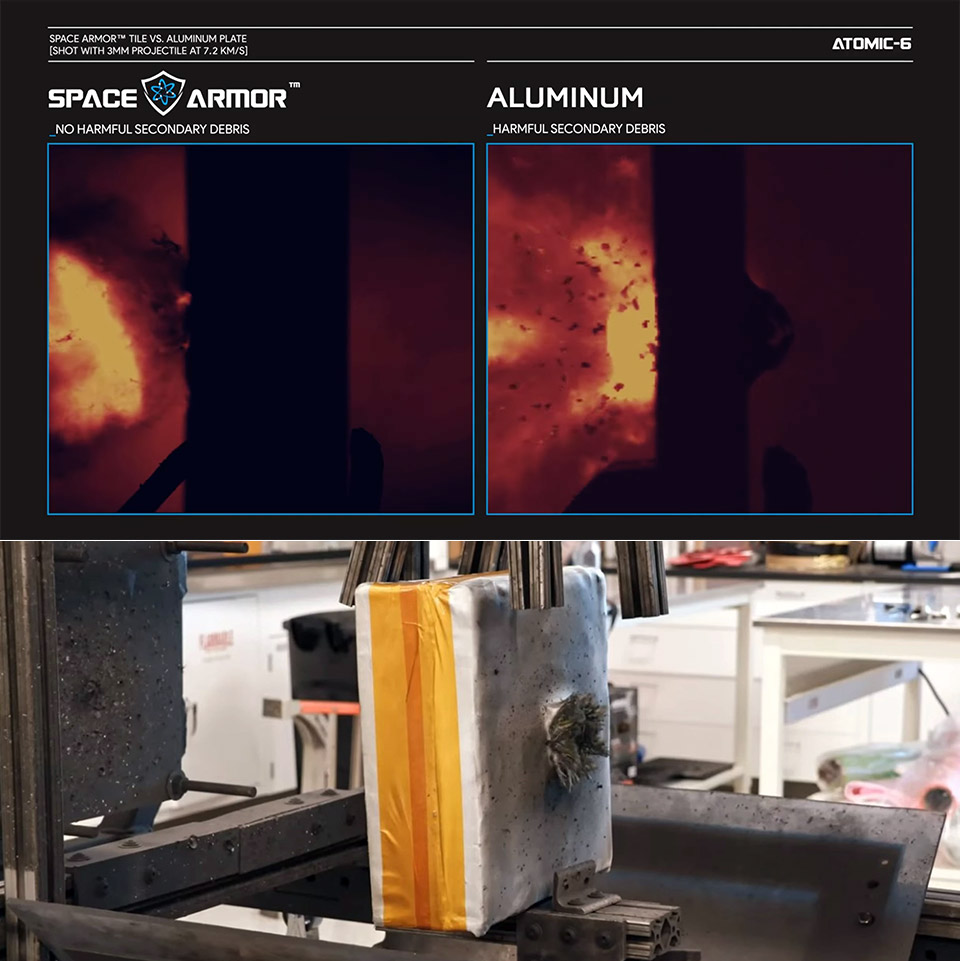
More than 130 million pieces of space junk – from old rockets to exploded payloads – zoom around Earth at over 7 kilometers per second. A single paint chip coming from the other direction can punch a hole in a spacecraft’s hull or an astronaut’s suit. For decades, engineers have used the same old solution: a metal barrier born in the 1940s. Now a small company in Georgia is rewriting the rules with something deceptively simple – a tile, called Space Armor, that sticks on like a giant Post-it, yet stops disasters before they happen.

